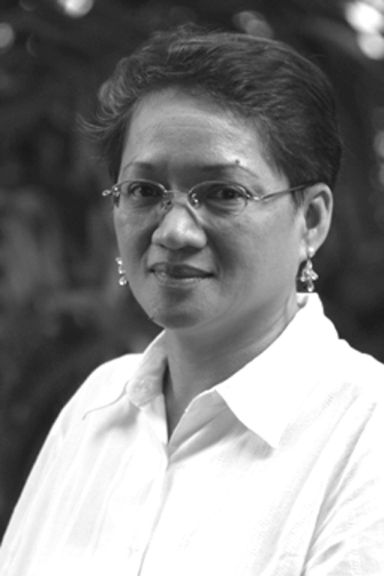
APALISOK
World leaders took to Twitter upon arriving in Manila for the 31st Association of Southeast Asian Nations (Asean) summit to express how they feel about the regional and international event or simply to update their respective countries about “in the moment” happenings in the Philippine capital.
Mainstream news organizations’ coverage of the Asean summit kept the social media abuzz last Sunday, giving netizens a peek and feel of the event.
It was tough tracking all tweets on the eve of the summit, but I think US President Donald Trump and Prime Minister of Canada Pierre Trudeau were two of the most watched leaders both in mainstream and social media. The attention afforded to Chinese President Xi Jinping was keen as well.
Meanwhile, stylists went on overdrive trying to assess who wore the Barong Tagalog best. My vote goes to the Canadian PM and Australian PM Malcolm Turnbull.
The Asean celebrates its golden anniversary as it holds the 31st summit, two years after the launch of the Asean Economic Community (AEC).
The milestone is highly significant for the PH and President Rodrigo Roa Duterte, who is summit chairman.
This year’s powwow appears to be the biggest and grandest with 19 leaders present and some 1,300 distinguished guests and national government officials attending. The tab for the three-day bash is over P15 billion.
Many political observers are saying that PRRD comes well prepared for the summit, having attended five major meetings during his trips to 20 different Asean capitals and dialogue partners over the past one year and 10 months in office.
Despite Digong’s combative and blunt speaking style, I think he is keen to study the dynamics of the regional grouping.
After all, Asean’s combined population of 630 million comprises of more than one-fifth of the total world population.
Its combined economic muscle of US$2.55 trillion could very well push forward Asean as a global economic bloc.
Likewise, the annual combined GDP growth rate is at 5.5 percent, a rate that will be sustained within the next decade according to economic experts.
Because it is the fourth largest trade group behind the European Union, China and the US, the World Trade Organization views Asean as a “global trading powerhouse.”
In an archived article, “ASEAN opens up half the world to PH trade,” Rappler reported that through its Free Trade Agreements with regional powers, Asean gives the PH, and I must add, the rest of the member nations, the chance to trade to half the world at little to no tariffs.
I couldn’t agree more.
In other words, the glory days of Asean may be unfolding before our very eyes.
Viewed in the context of China’s strong economic and political presence and the waning global influence of the US, the scenario is quite intriguing.
That plus the US’ fragile economic growth and President Donald Trump’s expressed protectionist economic policy unwittingly form a policy mix that could pave the way for intra-Asean and inter-Asean trade and pivot to China.
Ten years ago, more than 60 percent of PH trade was with the US, European Union and other western countries. Currently, the PH trading with ASEAN countries is at 60 percent, thanks to the Free Trade Agreements forged with Asean since 1992. Also, under the Asean + 6, the Philippines and the rest of the bloc stand to gain from FTAs with Japan, New Zealand, India, South Korea, China and Australia.
This may come as a surprise even to PH government officials and especially the business community, but not many people are aware about the Asean-China FTA which took effect in 2010.
According to a report by Rappler, which quoted DTI Undersecretary for Industrial Trade Development Adrian Cristobal, PH exports to China rose from P5.7 billion to P7 billion in a span of two years from 2013 to 2015. In fact, the PH posted the highest gains in utilizing FTAs with New Zealand and Australia in recent years, according to the DTI official.
Prospects are very bright for Asean; but this cannot be had minus political stability in the region, in particular the easing of tensions in the South China Sea where territorial disputes abound between the Philippines, Malaysia, Indonesia, Vietnam and China.
An estimated US5 trillion worth of trade passes through the South China Sea, and while these aforementioned countries have staked vigorous claims to these territories, Chinese President Xi Jinping has been actively courting the support of claimants through economic incentives on top of the FTAs.
Disclaimer: The comments uploaded on this site do not necessarily represent or reflect the views of management and owner of Cebudailynews. We reserve the right to exclude comments that we deem to be inconsistent with our editorial standards.
